Reimagining Battersea Power Station for the 21st Century
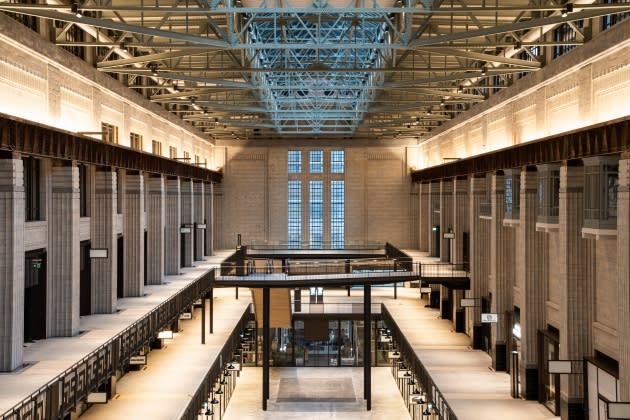
It was a restoration for the record books.
Architects WilkinsonEyre worked for nearly a decade on reviving Battersea Power Station, transforming it from a grand, but derelict, industrial building designed for generating electricity into a London neighborhood filled with natural light, new homes, offices and shops.
More from WWD
“The degree of complexity, and the scale, was unique, bigger than anything we’ve ever done, and anything we will ever do. It was a very unusual project,” says Sebastien Ricard, project director at WilkinsonEyre. He adds that, at one point, there were 16 cranes on the site itself, “probably more than in all of London.”
The cornerstone of a 9 billion pound, or $10 billion, regeneration project — the largest in London — the power station opened on Oct. 14 and is home to more than 100 stores, restaurants and cafés; an Apple campus that’s set to bow early next year, and more than 200 luxury apartments.
The wider site spans 42 acres and has a new London Underground station in addition to residential, retail and commercial buildings designed by Foster and Partners and Frank Gehry.
Built between 1929 and 1955, the power station had been a monument to progress and the wonders of coal-fired power. By 1955 it supplied London with up to a fifth of its electricity, and dominated the city’s southwest landscape with its four grand chimneys and handsome red brick facade.
Its Turbine Hall A was an homage to Art Deco design, while Turbine Hall B had a ’50s modernist feel. After the power station was decommissioned in 1983, it was largely forgotten, ravaged by weather and by a string of former owners and developers who’d started work, run out of money and walked away.
“In its time the building was an amazing example of creative, innovative architecture, but it was in a pretty bad state, surprisingly so for a building that wasn’t even 100 years old,” says Ricard. “The turbines had been sold for scrap metal, the roof was gone, and the building was open to the elements.”
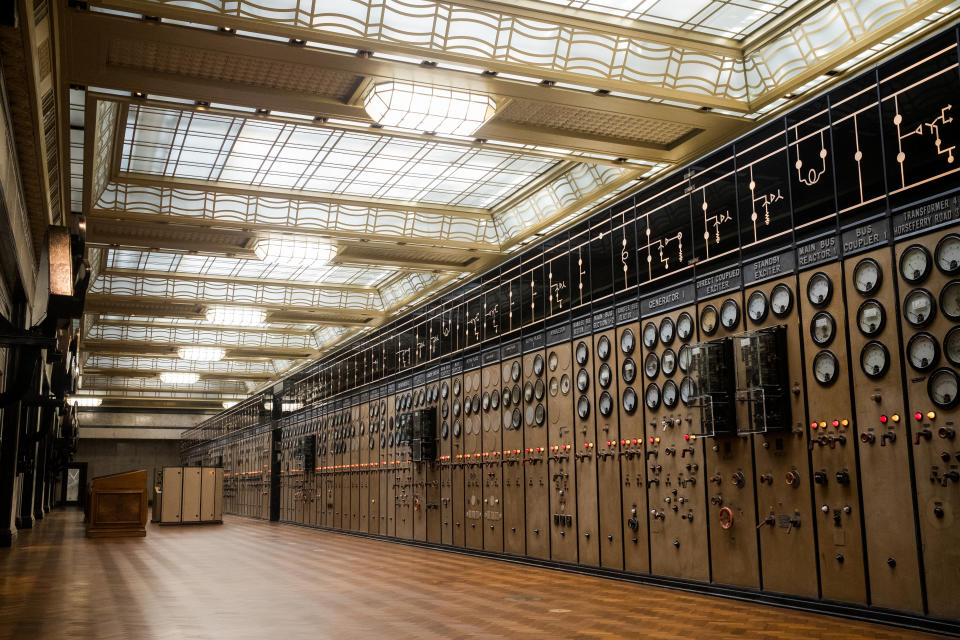
Ricard says that when WilkinsonEyre took on the job, one of the main walls had collapsed and another had been classified as a dangerous, unstable structure. “There were a lot of complexities we had to deal with. It wasn’t a traditional restoration project like a residential home,” says Ricard.
The team persevered. They fixed what they could and were careful to preserve traces of the building’s past, polishing and restoring the parquet and marble, and leaving intact diagonal streaks of plaster on the brick walls where the old staircases used to be.
Turbine Hall A is still aglow with bronze fixtures, a warm color palette, and the original, sparkling Art Deco tiles, while Turbine Hall B has a midcentury modern feel with clean lines, polished concrete and stainless steel.
The control room in Turbine Hall A will be used as an events space, while the one in Turbine Hall B has been transformed into an all-day bar concept where patrons are able to gaze at the original dials and monitors through new curved glass panels.
Details in the control rooms were restored using digital color scanning and 3D-printing methods taken from Formula 1 race-car building, with the teams able to replicate missing dials, knobs and levers.
The four chimneys were entirely rebuilt to their original specifications and using the same methods, with 25,000 wheelbarrows of hand-poured concrete and 82 gallons of paint required for each one. The northwest chimney houses Lift 109, a glass elevator that whisks visitors to the top for 360-degree views of London.
While the job was challenging, Ricard says he was captivated by the romance of the ruin, and its history.
Battersea Power Station was designed by Sir Giles Gilbert Scott, the architect known for his work on Oxford University’s New Bodleian Library; Liverpool Cathedral, and Britain’s iconic red telephone boxes.
In the last century Battersea’s turbines powered landmarks including Buckingham Palace, the Houses of Westminster, Carnaby Street and the tennis courts of Wimbledon.
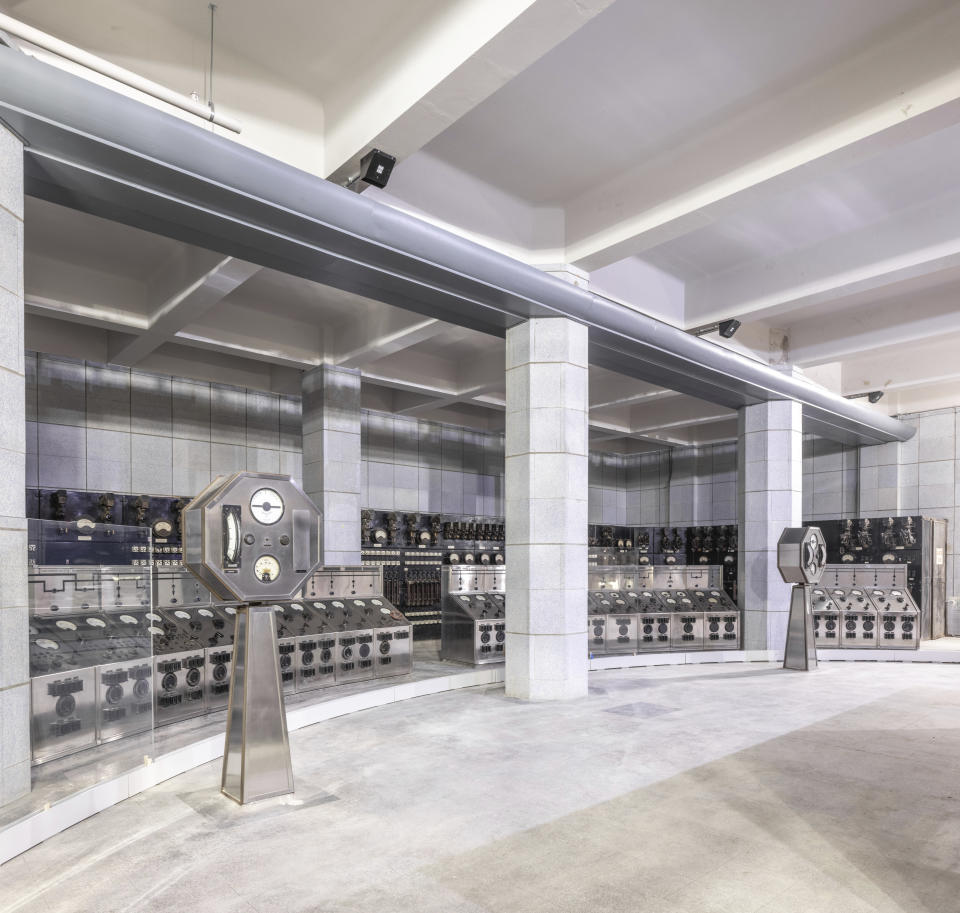
In an interview, Ricard describes the power station’s original Art Deco turbine hall as “grand and ornamental. Electricity was a super high-tech industry at that time, and the engineers working there were probably very well-regarded.
“Also, the companies involved were private, so I am sure there was a bit of competition, and they wanted to show off a bit with their buildings. We tried to respond to that,” says Ricard.
He adds he and his colleagues took “great inspiration from Sir Giles Gilbert Scott in everything, from the drama and scale right through to individual material choices.”
Ricard says the scale of the original building was breathtaking. The central area is vast enough to fit the whole of St. Paul’s Cathedral, another London landmark designed Sir Christopher Wren.
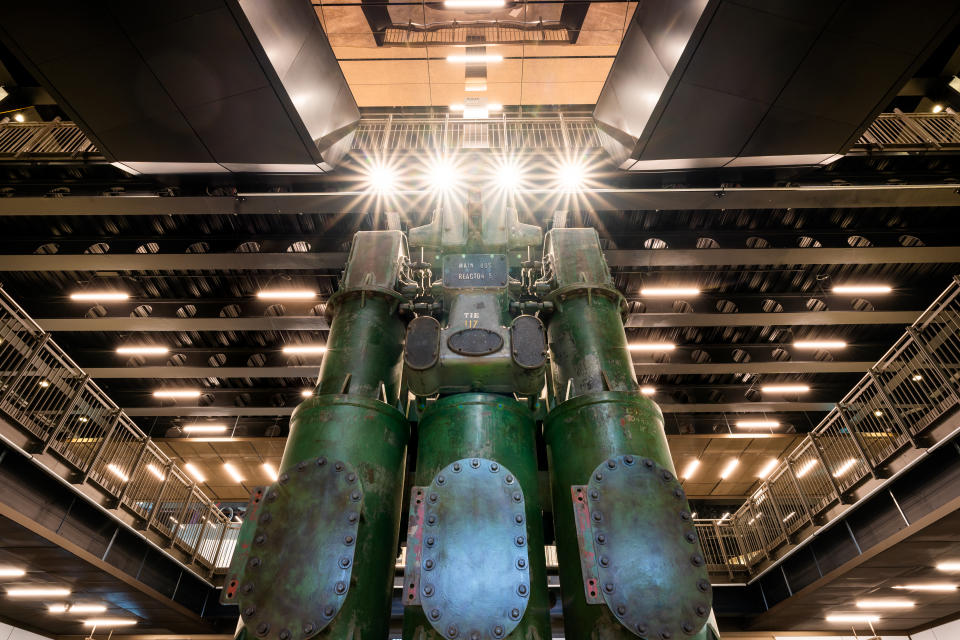
The WilkinsonEyre team dealt with the building’s enormous volumes by creating skylights to illuminate the space. They also created balustraded galleries and bridges in the turbine halls to give shape, depth and a human scale to the industrial building.
It all had to be done with great nuance, and sensitivity, says Ricard. No one wanted to turn the historically significant, and protected, landmark into a version of Disney’s Cinderella Castle, or The Grand Canal Shoppes at The Venetian Las Vegas.
“We were very respectful of the existing fabric and components, and how we restored them,” says Ricard, adding that all the new structures inside the power station — such as the bridges and the bandstand — are contemporary.
“We tried to ensure that anything new was not pastiche. It would have been sad to mimic the original design features, so we tried to ensure there was a nice balance between old and new,” he says.
Although it may be the largest, Battersea wasn’t London’s first power station to get a facelift.
Contemporary art lovers will be familiar with another refurbished power station in London — Tate Modern, with its vast Turbine Hall and Tanks exhibition spaces. Ricard notes that the original Tate site was about one-third the size of Battersea Power Station “and — also — it’s dedicated to one activity. It’s a museum.”
By contrast, Battersea is multiuse, with retail, open-plan offices, a cinema, events rooms and apartments that have been built around a garden square located above, and to either side of, the Power Station.
The site where the apartments now sit once housed the Power Station’s main switch gear, laboratory, battery and assembly rooms.
Brands taking up residence inside the two turbine halls include Watches of Switzerland, Nike, Adidas, Aesop, Le Labo, Space NK, Ralph Lauren, Mulberry and Lululemon.
At 15,000 square feet, Uniqlo has the largest space inside the power station. Zara, meanwhile, has opened its latest concept store in a new Frank Gehry building that overlooks the power station.
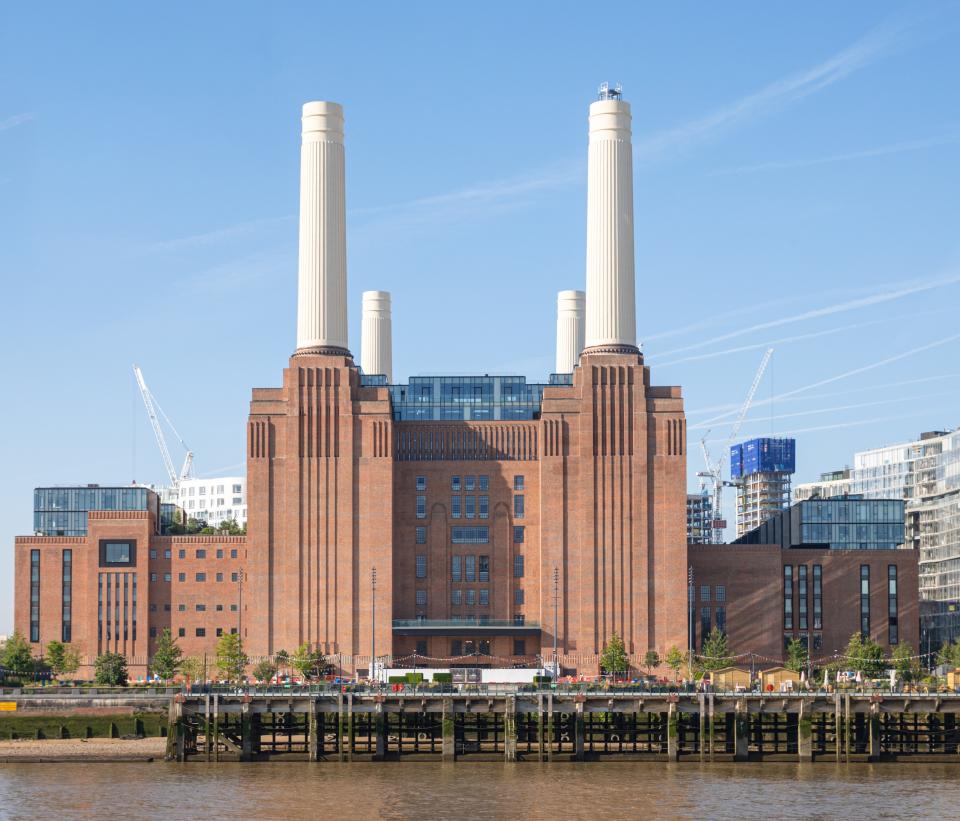
Best of WWD

